High Peaks Pure Earth presents an English translation of an essay by Woeser, originally published on her column for the Mandarin service of Radio Free Asia on March 4, 2024 and posted on her blog on April 6, 2024.
This essay marks the third translation on High Peaks Pure Earth related to Wontoe Monastery (Tibetan: དབོན་སྟོད་དགོན། Wylie: dBon stod dgon), at risk of flooding by dam construction in eastern Tibet. The first translation was “The History of Wontoe Monastery in the Encyclopedia of Monasteries and Temples in Kham” and the second was “The Sacred Murals of Wontoe Monastery in Dege”.
It is notable that among those protesting the dam construction and trying to negotiate with authorities were senior monastics from Wontoe Monastery. Even though most of the detained protestors of the February protests have since been released, Radio Free Asia have reported that Wontoe Monastery’s Senior Administrator, Tenzin Sangpo, is one of two people singled out as “ringleaders” who have been transferred to a larger detention center in Dege County.
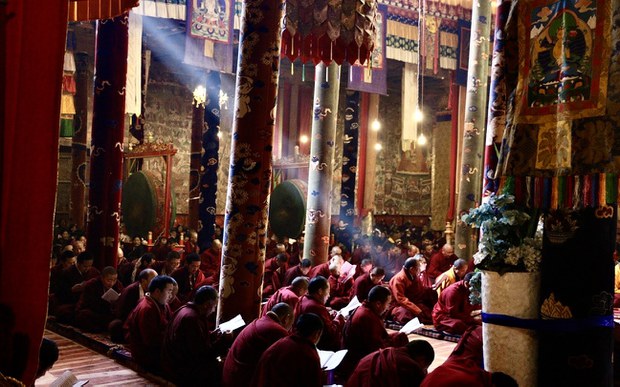
“Wontoe Monastery – Survived the Cultural Revolution but Now Faces the Disaster of Hydropower Development” By Woeser
The Chinese government and its power corporation have started to construct the “One Reservoir and Thirteen Levels” series of hydropower stations on the upper reaches of the Drichu (Ch: Jinsha) River, encompassing “the river between the mouth of the Zachu River in Yushu, Qinghai, and Kongtsera in Dechen, Yunnan, flowing through the four provinces of Qinghai, Tibet Autonomous Region, Sichuan, and Yunnan, along about 772 kilometers of the river”, and as a direct result, countless Tibetans living there for generations are required to relocate, and many monasteries with a long history, of precious value, several villages, and a rich natural environment of animals and plants along the river will be submerged. Known as the “leading” project of the cascade hydropower stations, the Kamtok Hydropower Station will completely flood at least six monasteries (Wontoe Monastery, Yena Monastery, Khardo Monastery, Rabten Monastery, Gonsar Monastery) and two villages in Dege, Eastern Tibet (now Dege County, Kardze Tibetan Autonomous Prefecture, Sichuan Province), where Wontoe Monastery and Yena Monastery, located in Wontoe Township, Dege County, are currently facing forced relocation, prompting a peaceful petition by the local Tibetan monks.
Many people do not know the history, culture, ecology and beauty of these monasteries and villages that will be submerged by the cascade dam project. Chinese water experts who advised the authorities said arrogantly: “The upper reaches of the Drichu River, especially above Tiger Leaping Gorge, are sparsely populated and barren areas… These barren places will be choked with silt.” On Weibo, WeChat and Chinese websites I found a number of videos, pictures, and articles about Wontoe Monastery and I also tried my best to investigate and understand the issue from all angles. I learned that Wontoe Monastery contains historical relics and valuable religious heritage. I was even more surprised to learn that there are 300 monks and 2,000 people who depend on the monastery for their livelihood, they begged the authorities to save the monasteries and villages, they were subjected to inhumane treatment such as beatings, arrests and imprisonment.
According to a Master’s thesis “Preliminary Research on the Mural Paintings of the Hundred Column Hall of Wontoe Monastery in Dege County” from the Chinese Academy of Social Sciences in March last year, and during a presentation at the 8th International Academic Symposium on Tibetan Archaeology and Art in Hangzhou not long ago, the researcher stressed: “Wontoe Monastery is located on elevated land on the east bank of the Drichu River. There are a large number of exquisite murals in the Monastery. The complete murals were made public for the first time after the reinforcement of the monastery structure. In addition, a hydropower station is about to be built in Wonpotoe Township, Dege County, which will cause greater difficulties in the subsequent preservation and research of the murals in Wontoe Monastery. The research and protection of these murals in the monastery is urgent.”
According to the research, Wontoe Monastery contains preserved ancient murals, one set is in the old scripture hall on the mountain that is the Tara chapel; the other is in the Hundred Column Hall (Ka-brgya-lha-khang) with 100 columns with a height of 7 meters. The murals cover an area of more than 1,000 square meters. The paintings are complex and complete. The Tibetan inscriptions can be clearly identified. Its scale is unmatched among other monasteries along the Drichu River”. Some murals are “unique in Dege and even in the entire Kham area”. In addition to architectural ruins and ancient mural paintings, Wontoe Monastery also preserves cultural relics such as ancient thangkas and statues, as well as important historical documents related to the upper echelons of political and religious circles in Kham over various periods.
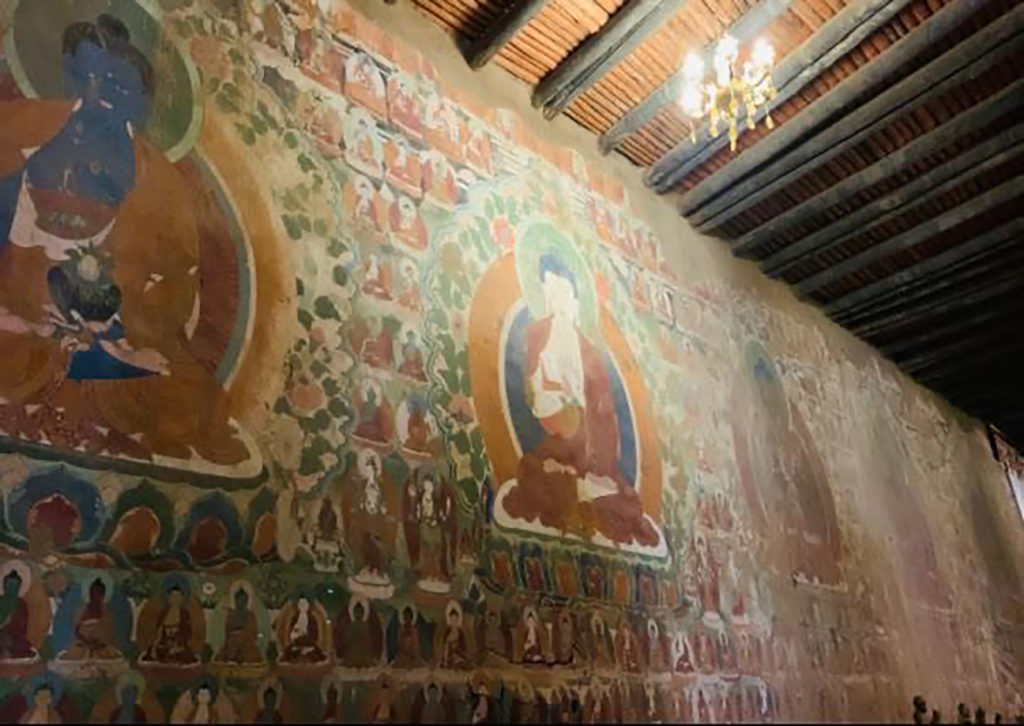
According to the research, “The murals in the Hundred Column Hall of Wontoe Monastery are much larger than the murals in the Dege Printing Press and Yena Monastery. Although the three monasteries are not far apart, only this large monastery remains along the Drichu River.” “It is one of the most important Tibetan Buddhist murals found in the region to date, and has high reference value for the study of Tibetan art.” “At present, it is one of the largest monasteries with the largest main space and the largest murals of Tibetan Buddhist monasteries in the Kardze region and even on either side of the Drichu River. It fills the gap in the research materials of art history in the Dege area. It has important and irreplaceable academic value for the study of development of Tibetan Buddhism and the history of art development in Dege and eastern Tibet.”
It should be emphasized that of the more than 6,000 monasteries in Tibet, including Amdo, U-Tsang and Kham, due to the military repression of the 1950s and the Cultural Revolution from 1966 to 1976, most of them were totally destroyed and though very few were able to survive, ancient Wontoe Monastery is one of them. This was thanks to the protection of devoted local villagers who used the Hundred Column Hall as a warehouse for storing barley and livestock feed. The monastery’s ancient statues and old thangkas were hidden away in the mountain. The mural paintings were basically undamaged and the main building was not demolished, so it was lucky to be saved. It wasn’t until religion was revived in 1983 that the local Chinese authorities allowed the monastery to open up once more and monks again to reside there that Wontoe Monastery came back to life. But today, four decades later, monasteries, villages and the environment are facing the fate of being submerged due to the China’s hydropower development. In other words: the monastery survived the Cultural Revolution but is now facing the disaster of hydropower development!
Also in 2012, twelve years ago, China Huaneng Group, which has built hydropower stations in many places throughout Tibet, planned to build hydropower stations between Dege County, Kardze Tibetan Autonomous Prefecture, Sichuan Province, and Jomda County, Chamdo Prefecture, Tibet Autonomous Region, which would lead to the flooding of many villages and monasteries on both sides of the Drichu River, and the relocation of villagers and monks, including Wontoe Township, Wontoe Monastery, and Yena Monastery. Dege Tibetans appealed: “The building of hydropower stations not only makes us homeless but also destroys the environment. We and the monastery lamas firmly oppose this. Fearing that something would happen before the 18th National Congress of the Communist Party of China (the 18th National Congress of the Communist Party of China was held in November 2012), the government promised that it would not build a hydropower station without the consent of more than 80% of the local people, but these are methods used to deceive the people and we cannot believe them.”
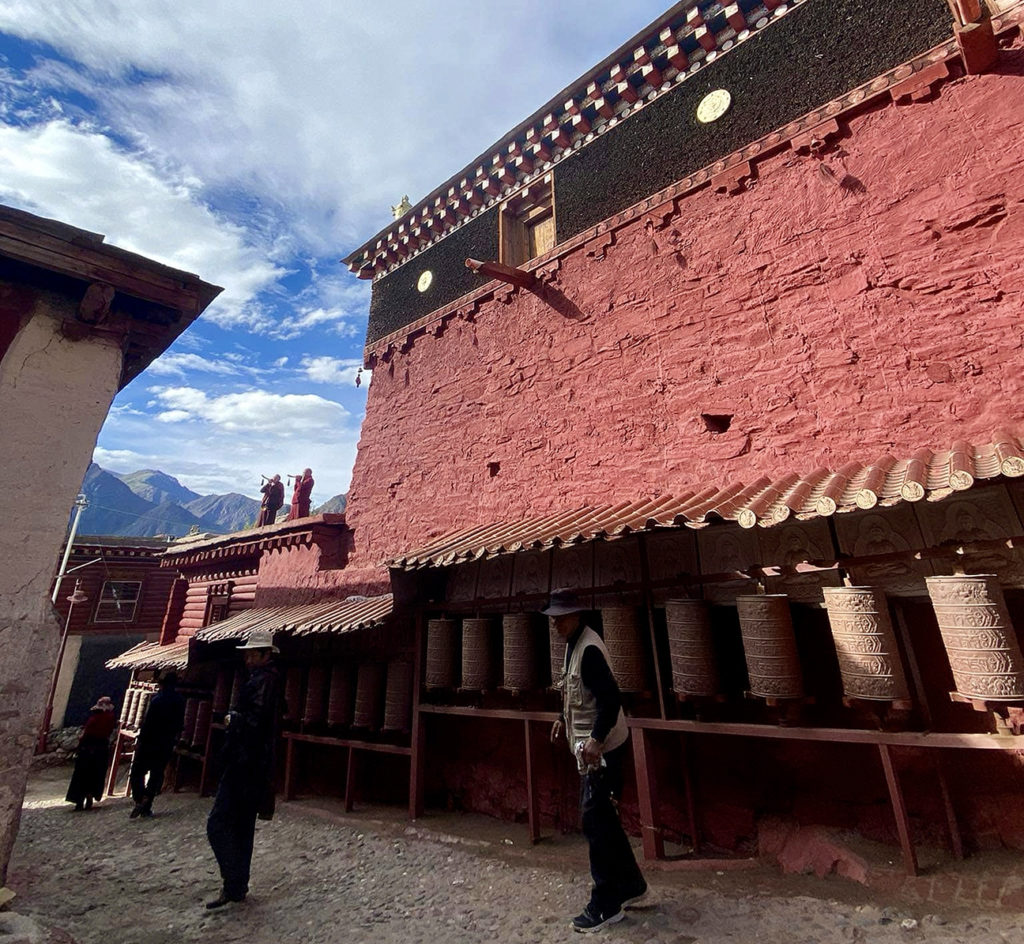
I searched online for information about hydroelectric power plants. The hydropower resources contained in the Drichu River, which flows rapidly down from the Qinghai-Tibetan Plateau, are thought to “account for more than 40% of the Yangtze River’s hydropower resources, and the degree of hydropower enrichment of its cascade hydropower projects is among the highest in the world.” The world’s largest hydropower project is planned and under construction, including 27 cascading hydropower stations, 13 hydropower stations in the upper reaches alone, which are considered to be “cash cows” for state-owned enterprises such as the China Huaneng Group! This “cash cow” reminds me that a few years ago I met a Sichuan man who became very rich by building a hydropower station in Chatreng County, Kardze Prefecture. He had a huge estate shaded by fruit trees, rows of luxury cars and luxury yachts, a cellar full of red and white wine and so on, and he also had thangkas and Buddha statues taken from Tibetan monasteries, and various mountain delicacies brought from Tibetan villages in the countryside, filled the dining room like in a restaurant. In fact, the hydropower station was his inexhaustible money-making machine.
Many years ago, Chinese environmentalists warned that the numerous cascade hydropower stations in the Drichu River basin that were “moving massively into the Qinghai-Tibetan Plateau” were a “danger hanging over our heads” because this was where “the most developed geological disasters were in China and even in the world.” Since 2000, the world’s largest and most dense Drichu River Hydropower Group has been built on such a river.” In fact, in recent years, there have been many disasters near reservoirs and power stations along the Jinsha River, causing landslides and river interruptions, which have left people in dire straits. For example, in October 2018, a landslide occurred on the main stream of the Jinsha River and blocked the river. Monasteries and villages suffered. The torrent caused threats and losses to people’s lives and property, but in reports by Chinese state media, it once again became a hymn praising the authorities for emergency rescue and disaster relief.

I am sad that we may not be able to change the fate of the monasteries and villages that will be swallowed up by these hydroelectric power plants, given the depressing situation. From the videos and pictures found on the internet, you can see how beautiful the scenery where Wontoe Monastery is located, how beautiful the scenes of hundreds of monks studying buddhism in the Monastery, practicing dance, and playing basketball in their free time, and China’s water conservancy expert brutally said that this is a “sparsely populated and barren area… These barren places will be choked with silt.” His colonial mentality is obvious!
So, how have these monks and people who focus on dharma practice and rely on the spiritual life of the monastery suffered in recent days? During the Tibetan New Year, Wontoe Monastery was originally holding a very important gathering of the Ngor group of the Sakya sect, which would bless countless devotees on the 15th day of the month. However, before the religious gathering had even ended, the monastery was empty. Hundreds of monks and hundreds of villagers nearby were beaten, arrested, interrogated, and required to sign to obey any instructions from the authorities. They simply wanted to keep the ancient monastery. If we finally have to compromise on relocation, the ancient monastery with the Hundred Column Hall and a large area of ancient murals will be destroyed, and the monastery after the relocation will be separate from the village, and gradually there will be no source of monastics, and the monastery will soon be dead from the inside…
As locals have appealed for: It is indeed a tragic situation that the rich cultural heritage of Tibetan villages and their monasteries are threatened by Chinese government development projects. The displacement of locals and the loss of historical artifacts is worrying. In this context, the international community needs to raise awareness of the situation in Tibet and advocate for the protection of cultural diversity and the human rights of indigenous Tibetans.
In addition, we sincerely hope that lamas will use their vast influence in the world to protect the homes of thousands of devoted followers. I’ve seen photos online of the 43rd Head of the Sakya sect, regarded as a father by the Dege people, and Dzongsar Khyentse Rinpoche, who is supported by many Chinese followers, including celebrities, who have visited Wontoe Monastery, a place of great significance for the Sakya sect. Therefore it is worth understanding the value of this spiritual treasure house and its cultural heritage that deserves to be preserved in the world.


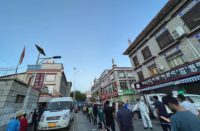
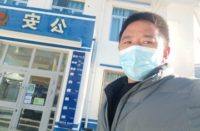
Follow Us!